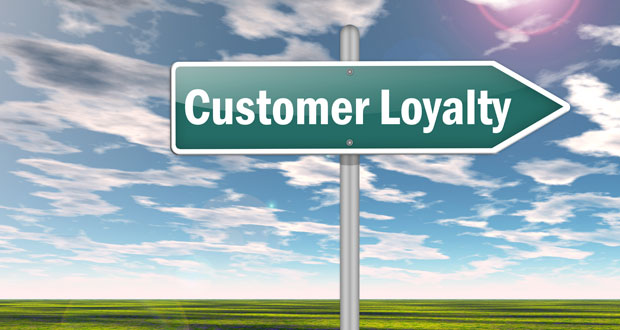There’s an interesting connection between customer relationships in subscription businesses and loyalty, according to a recentarticle by Zuora CEO Tien Tzuo. It had particular resonance for me, since I just wrote a (soon-to-be-available) book about customer loyalty myself.
My research is full of old-style approaches to customer loyalty that aren’t really about loyalty so much as they are about, shall we say, customer coercion. You can coerce customers into being loyal — what I consider performing loyal behaviors — but they don’t exhibit true loyalty.
Customer loyalty should be about inspiring customers to defend your brands, to preferentially seek out your products, and to buy them even when they aren’t discounted, don’t have a coupon attached, and don’t come with so-called loyalty points.
Customers who behave loyally because of such inducements are attracted easily by the next enticing offer, so their loyalty is often more closely associated with the discount or reward than with the brand, I found through my research.
Musically Inclined
A great example that I had overlooked is called the “negative option,” an arrangement that keeps you exhibiting loyal behavior as long as you fail to cancel a service or promotion, according to Tzuo. The negative option is something of a relic, but you can still see it operating in the market today. Columbia House, the now bankrupt vendor of music, and AOL are examples.
If you are too young to remember Columbia House, then good for you. The basic offer was some large number records, tapes or CDs for a penny as long as you agreed to be a member and receive a monthly shipment until you’d bought an equal number of recordings at full price. At that point, you could cancel the service, but human inertia often prevented or delayed that event. As a result, people appeared to be loyal but weren’t. They were trapped.
Even today, AOL has 2.1 million subscribers to its $20-per-month dial-up service. Those customers certainly aren’t paying for the convenience of dial-up, Tzuo noted.
He’s right: Having a dial-up account today is likely more habit for most people, though it’s also possible a few still don’t have cable where they live.
A Ticking Bomb
The negative option lives on in the subscription industry in the form of automatic renewals from month to month as long as a credit card stays active. In these circumstances, customers who appear loyal to the negative option might not be using or otherwise engaging with the vendor, despite what appears to be loyal behavior.
Businesses in this situation have a ticking bomb on their balance sheets, for while the revenue is good, it can disappear at any time, and at some point, the negative option practice will generate a good deal of bad will toward the brand.
Companies such asTotango,Gainsight and evenZuora use their analytics and large customer datasets to understand customer behavior and to spot true loyalty as well as the warning signs of its opposite.
Intimacy, Not Inertia
Vendors are becoming more aware of the problem of the negative option and, more generally, customer behaviors that appear loyal but that might represent inertia or laziness so that they can head off unpleasant surprises like a spontaneous social media campaign that damages a brand.
The rise of the subscription economy and its culture has placed a bright spotlight on issues of customer retention, engagement and loyalty. The days when you could sell a product set for a lot of money and move on to the next prospect are ending and being replaced by various forms of subscription and the requirement for greater customer intimacy.
The negative option is from another time and ought to seem out of place today as we focus on retention, subscriptions and customer intimacy, regardless of the markets we serve.
What was most interesting to me from researching my book (available next month) was that customers aren’t necessarily interested in amazing experiences that cause delight. Delight is another fad that’s come and gone, or should at least be on the way out.
Very often customers want and expect simple, basic competency and effectiveness so they can get on with everything else they have to do. This in itself is great insight because it shows that inspiring customer loyalty is within anyone’s grasp if we simply avoid creating a circus and focus on what matters most to customers.


























































